This post may include affiliate links, including Amazon Associate links. I may earn money if you click on one at no extra cost to you.
Knowing how to survive in the wild with few or zero tools is an extremely valuable skill, but it's not something you'll want to test in a life-or-death situation. A versatile backpacking survival gear, full of tools you're comfortable using, is indispensable to being prepared to survive in harsh conditions.
As someone who's spent over two decades hiking through the Canadian Rockies, the Alps, the Himalayas, and beyond, I'm excited to share my insights into the essential gears that promises safety and an elevated and memorable hiking experience.
Setting off on a hiking adventure without ample sustenance is like starting a story without an opening line.
Food and water are your hike's foundation - they fuel your body and sustain your spirit as you journey through rugged terrains. Drawing from my extensive experience, I can't emphasize enough how vital it is to pack extra food to get the right nutrition you need.

When choosing food for your trek, consider lightweight, nutrient-dense options that provide sustained energy. Carbohydrates, proteins, and fats play distinct roles in supporting muscle repair, energy production, and overall well-being. Water is the elixir of life, and it must never be overlooked.
Maintaining proper hydration is paramount, especially in exertion and sweat. It can lead to dizziness, fatigue and even more severe consequences, so always carry a reliable water purification system and sufficient amount of drinking water.
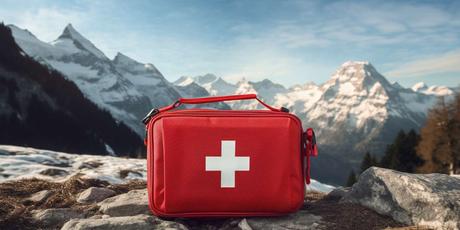
In every hike, safety is paramount, and a well-equipped first aid kit is your hiking guardian angel. As a seasoned hiker, I've learned that accidents can happen even in picturesque landscapes. That's why a comprehensive first aid kit should always accompany you on your hiking expeditions.
Think of your first aid kit as your insurance against the unexpected. It's a safeguard against minor cuts, scrapes, blisters, and more significant injuries that might require immediate attention. A well-prepared survival kit should include adhesive bandages, antiseptic wipes, tweezers, and pain relievers.
Tailor your survival kit to the specifics of your hike, consider factors like the group size, the environment you'll be traversing and whether it'll be day hike or longer. Review and restock your survival kit to ensure its contents remain in good condition and within expiration dates.
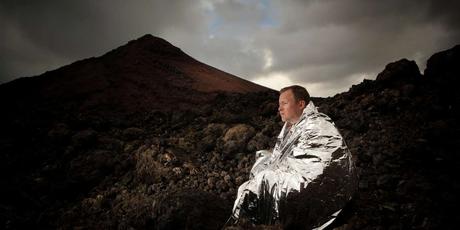
If you're going for day hikes, a quality sleep is the cornerstone of a successful backpacking trip. So an emergency blanket provides more than just warmth - it offers a sense of security. After years of outdoor adventures, I can attest to the transformative power of a good night's rest in the wild.
Consider the Laberna Emergency Sleeping Bag as your nighttime ally. This remarkable creation utilizes Mylar, an insulating material developed by NASA for space exploration.
It retains 90% of your body's heat, ensuring you wake up refreshed and ready to take on the challenges of a new day. And the compact design of this emergency blanket makes it an essential addition to your backpack, maximizing space efficiency.
Navigation Tools
No matter your expertise, dependable navigation tools are a hiker's best companions. While technology offers convenience, a map and compass remain steadfast even in remote locations.
Even in the digital age, these classic tools hold their ground. A map provides a comprehensive terrain view, while a compass ensures you're heading in the right direction regardless of battery life or signal availability.
While electronic devices like GPS have merits, they can falter in adverse conditions. Maps and compasses are reliable backup options, instilling confidence even when the unexpected arises.
I recommend the BIJIA Orienteering Map Compass as a reliable compass option. It boasts a global needle for accurate readings anywhere on the planet. Its integrated clinometer allows you to measure the steepness of slopes, a valuable tool for assessing avalanche hazards and gauging heights.
This versatile compass is a valuable addition to your gear, enhancing your navigation skills and overall safety.
Sun Protection
A long, sun-drenched hike can leave you with more than just memories - sunburns are no joke! As an outdoor enthusiast who cherishes adventures and healthy skin, sun protection is a non-negotiable part of your hiking arsenal.
Shielding your skin from the sun's harmful ultraviolet (UV) rays is paramount. Sunscreen acts as your primary line of defense, but its effectiveness hinges on proper application. Go for a broad-spectrum sunscreen with a high sun protection factor (SPF).
This shields you from UVA and UVB rays, safeguarding your skin against sunburn and premature aging. Additionally, consider sun-protective clothing, sunglasses, and hats as supplementary measures.
As the skincare experts at Palm & Pine advocate, avoiding the sun's peak intensity hours - typically between 11 AM and 2 PM - further minimizes your risk of sun-related issues. Adopting these protective measures allows you to enjoy the great outdoors while ensuring your skin remains healthy and radiant.
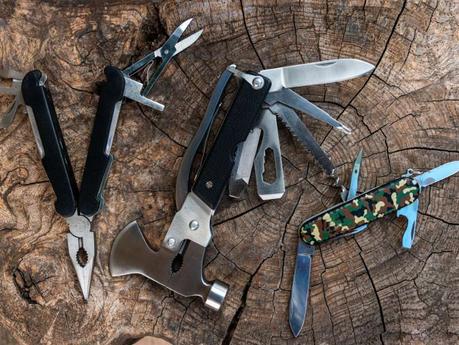
Versatility is the game's name when traversing the wilderness, and a multitool knife is the ultimate trailside companion. With decades of hiking wisdom under my belt, I can attest to the incredible utility of this compact yet powerful tool.
The 14-in-1 Multitool is a shining example of functionality. From basic repairs to unexpected challenges, this tool's myriad functions have you covered. Need a hammer? It's got one. Are you after various screwdriver options? Check. How about pliers for those intricate tasks? Absolutely.
This versatile companion is lightweight, compact, and designed to address many needs. Whether fixing gear, preparing food, or tending to unexpected situations, this multitool knife is a game-changer.
Portable Power Station
Incorporating a portable power station into your backpacking survival kit is a smart and practical choice, as it offers many benefits that can significantly enhance your outdoor experience.
It ensures you can access power for your cell phone, navigation, illumination, medical needs, entertainment, and more. With this versatile tool by your side, you can enjoy your outdoor adventures while staying prepared for any survival situation.
Extra Clothing, Extra Safety
Extra clothing, carefully chosen and tailored to the season and location of your hike, is a fundamental component of your survival kit. The extra layers can mean the difference between enduring the elements confidently or finding yourself ill-prepared for unexpected twists in the weather.
So, before you set out on your next hiking adventure, remember to pack that lightweight windbreaker, spare thermals, and an extra pair of socks.
Your future self, faced with nature's unpredictability, will thank you for your foresight and attention to detail.
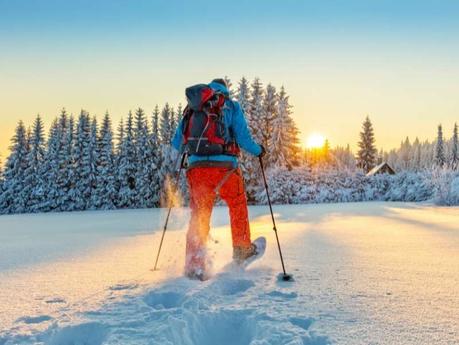
Customize Your Backpacking Survival Gear
As an experienced hiker, I recommend customizing your backpacking survival gear to suit your specific needs and the circumstances you will likely face. Consider the different locations, climates, levels of experience, and group sizes as factors for varying your survival gears and customization.
Whether you're an experienced adventurer or a novice hiker, customizing your hiking survival kit is crucial to ensure you're adequately prepared for any situation.
Assess the Number of People
When planning an outdoor adventure, whether a solo expedition or a group camping trip, one of the first and most crucial considerations is the number of people depending on the backpacking survival gear.
The size of your group has a profound impact on the hiking survival kit you'll need to pack and the level of preparedness required.
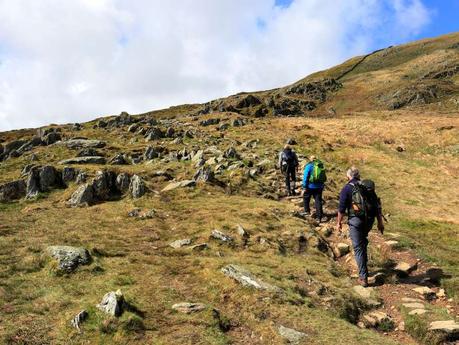
Solo Adventures
For solo adventurers, the approach to customization is more streamlined. Since you're solely responsible for your safety and well-being, you can focus on essential survival items tailored to your needs.
A single lighter, a handy first-aid kit, a good knife and minimal food supplies might suffice.
Group Expeditions
On the other hand, teamwork and cooperation become paramount when venturing out with fellow outdoor enthusiasts.
In this scenario, it's essential to optimize the use of resources. Here's where customization truly shines:
- Resource Sharing: Some items, like dry tinder, cooking equipment, or water purification tools, can be shared among the group. For instance, instead of each member carrying their fire starter, the group can carry one, reducing the overall weight.
- Redundancy: Building in a degree of redundancy can be a lifesaver. If one member's gear fails or gets lost, having duplicate essential items distributed among the group ensures that everyone remains adequately equipped.
Customizing for group size ensures you strike the right balance between efficiency and individual preparedness.
Consider Potential Emergencies
What sort of emergency might you face?
The wilderness is inherently unpredictable, and the types of emergencies you might encounter can vary widely based on your activity and location.
Therefore, considering potential emergencies is crucial when tailoring your hiking survival kit.
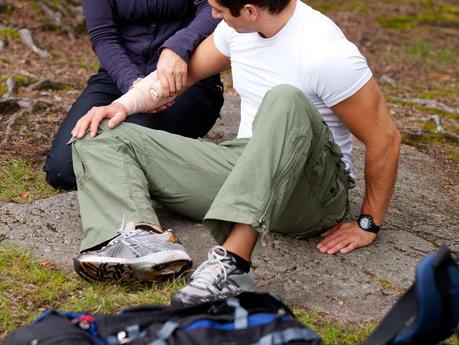
Terrain-Specific Needs
Different environments present unique challenges. For instance:
- Forest Adventures: Exploring dense forests may expose you to ticks, necessitating tick-removal ointment.
- Desert Exploration: In contrast, desert terrain might require sunburn cream to protect against scorching sun exposure.
Activity-Related Risks
Your planned activities also influence the potential emergencies:
- Hiking: Long-distance hikes might require extra blister care products, while rock climbing could warrant specialized safety gear.
- Water Activities: If your hike involves kayaking or canoeing, waterproofing your gear becomes imperative.
By identifying potential emergencies related to your specific activities and surroundings, you can add tailored items to your kit that enhance your safety and comfort.
Factor in the Location
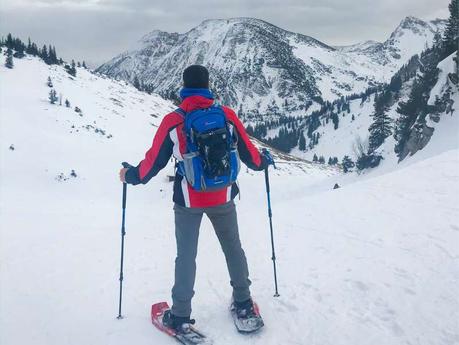
Where will you be using the hiking survival kit?
The location of your hiking trip plays a pivotal role in customizing your backpacking survival gear. Different regions have their climatic challenges, which should inform your gear choices.
Climate Variations
Consider the following:
- Fractious Weather: Trips in northern latitudes often mean confronting frigid temperatures. In such cases, packing emergency hand warmers, extra insulation, and a space blanket can be lifesaving.
- Humid Environments: In tropical climates, where humidity is high, moisture-resistant gear becomes essential to protect important items like matches, first-aid supplies, and navigation tools.
By understanding the climate and terrain of your chosen location, you can fine-tune your gear selection to match the environmental challenges you're likely to encounter.
Evaluate Your Outdoor Experience
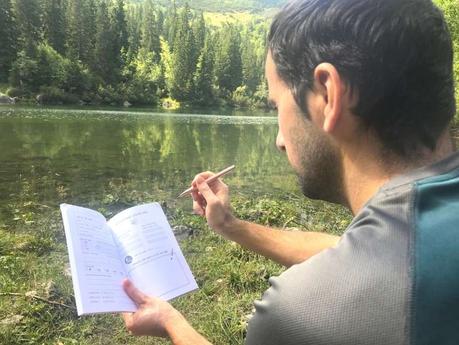
How much experience do you have outdoors?
Your experience level as an outdoor enthusiast is a defining factor in customizing your backpacking survival gear.
The more outdoor survival skills you've mastered, the more efficient you become at packing your hiking survival kit.
Skills vs. Gear
Experienced hikers like me often need fewer items in our survival kit because we possess the skills to adapt and improvise in the wild. For instance:
- Fire-Starting Skills: Proficiency in starting fires might render matches or emergency tinder redundant, as a simple fire starter can suffice.
- Navigation Proficiency: Seasoned adventurers may rely less on GPS devices and more on map and compass navigation.
- Wilderness Cooking: Those skilled in wilderness cooking can reduce the need for elaborate camp kitchen gear.
Your experience level allows you to carry less while still being well-prepared, emphasizing the importance of expertise in customization.
Equipped with the right backpacking survival gear and knowledge, you're ready to embark on unforgettable adventures in the great outdoors.
Remember to prepare, stay safe, and cherish the beauty of the wilderness responsibly.

